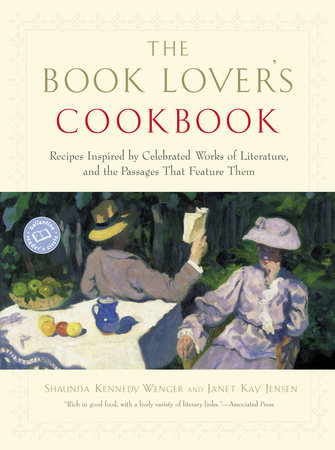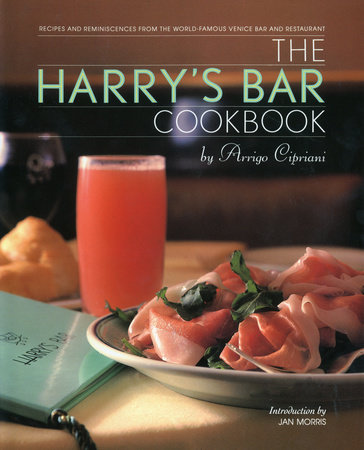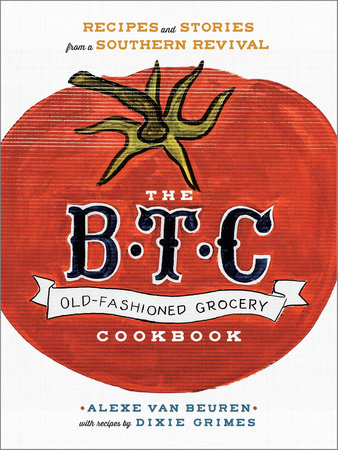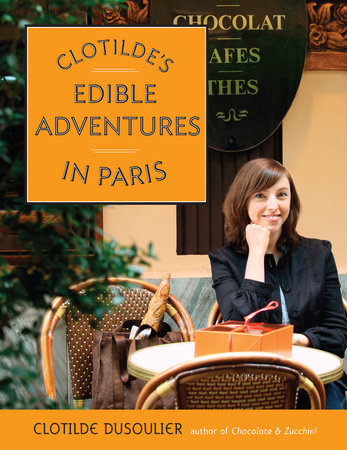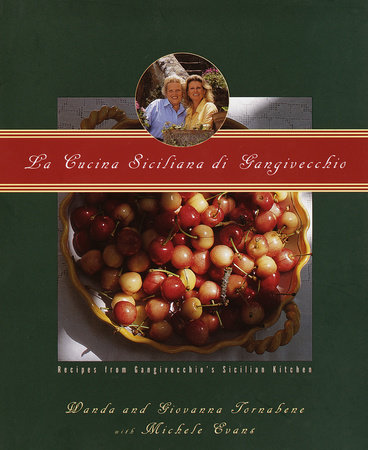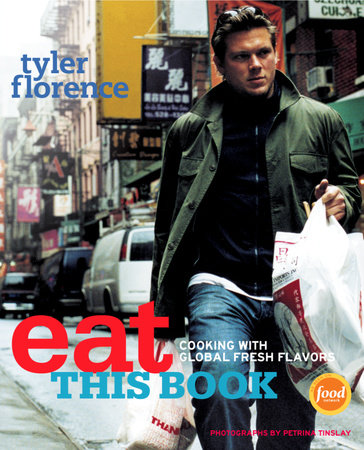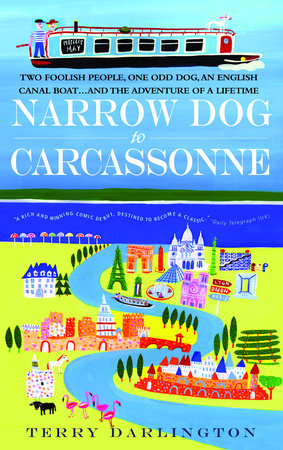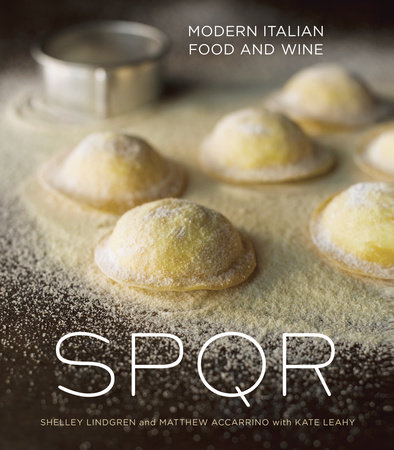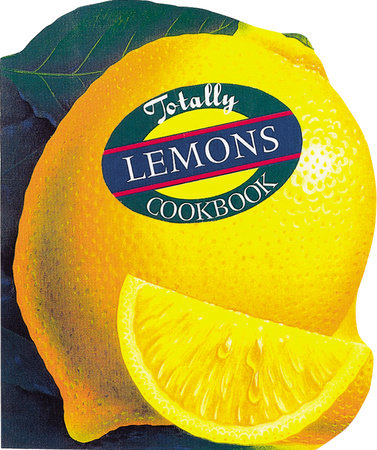A CONVERSATION WITH SHAUNDA KENNEDY WENGER AND JANET KAY JENSEN
Q: How did you come up with the idea for The Book Lover’s Cookbook?
Shaunda Kennedy Wenger: In the fall of 1999, the idea for a literary cookbook took shape while I was reading a specific novel, Sue Miller’s While I Was Gone. Set in the East, this story’s setting mirrored my memories of off-campus living in a three-story Victorian at college. By the time the main character made chili with her housemate, Eli (a.k.a. murder suspect #1), the combination of vivid imagery and strong feelings of nostalgia left me feeling as if Miller had set her characters in my old house, in my old kitchen, with my old recipe—chili happened to be my specialty when I shared meals with my housemates. Naturally, I got up and looked for that old recipe, remembering that a housemate had written it down one evening while I prepared it several years before. Because I’m such a foodie, someone who would never dream of throwing away a recipe, I found it tucked in one of my cookbooks. Almost immediately, I began to wonder if authors routinely fed their characters well, and certain books that I’d read recently came to mind: Toni Morrison’s The Bluest Eye. Isabel Allende’s Daughter of Fortune. Barbara Kingsolver’s The Bean Trees.
Q: How did the cookbook become a coauthored project?
SKW: From the moment the idea for the cookbook took shape, I believed this project begged for a coauthor—the very nature of reading and cooking leads to sharing with others, and good books and great recipes are almost always passed along to receptive hands. I shared the idea with my local group of writing colleagues in an e-mail to see if they thought the project was plausible. Out of the handful of responses, Janet’s included suggestions of several pertinent authors whose novels contained classic scenes pivoting around food: Charles Dickens’s Oliver Twist and David Copper.eld. Mark Twain’s The Adventures of Huckleberry Finn. Margaret Mitchell’s Gone with the Wind. Lewis Carroll’s Alice in Wonderland. Victor Hugo’s Les Misérables. Her enthusiasm was contagious, and our e-mails quickly bounced back and forth, listing possibilities of recipes and novels. I knew I’d found a kindred spirit and asked Janet if she’d like to step on board.
Q: Out of all the excerpts from books that you found during your research, did you get a sense of a unifying theme?
SKW: Food creates such vivid imagery for the reader that our minds can add details that aren’t even described by the author. We can smell the onions in Sue Miller’s While I Was Gone. We see the .aky frosting of Ef.e Belle’s coconut cake in Cold Sassy Tree (by Olive Anne Burns). We can hear the clink of the spoon against the soup bowl in George Eliot’s Middlemarch,and feel the butter coating our fingers from a hot ear of sweet corn in Sandra Brown’s The Alibi. With our senses turned on, it’s easy to step into the scene. And once we’ve stepped into it, we’ve opened ourselves up to making an emotional connection with the characters. Overall, I believe many of the passages we selected for this cookbook are hinged on emotional undercurrents. They stir up tension or show insight into a character’s desires. Although many aren’t centered on the emotional firestorm of a climax, they fan the emotional embers of character interaction and plot development. Ultimately, these scenes, set against familiarity, keep the pages turning.
Q: You’ve also included over a hundred quotes about reading and books. What led you to do that?
SKW: In doing our research, we found great quotes about books in literature and magazines. We decided to sprinkle them throughout the cookbook to share an overall excitement for books with our readers.
Q: Out of all you included, do you have a favorite quote?
SKW: At one of her readings in a California library, Isabel Allende said, “The library is inhabited by spirits that come out of the pages at night.” I just love the thought of stories having lives of their own, lives that might carry on after the book is .nished, the cover closed.
Janet Kay Jensen: Maud Casey said, “I was born with a reading list I will never finish.” When I travel, I spend more time choosing the books I want to take than the clothes I need to pack!
Q: What is your favorite passage in The Book Lover’s Cookbook?
SKW: Each time I visit the cookbook my favorite changes. Today, during this hot, summer day in July, I’m drawn to Barbara Kingsolver’s excerpt about green beans, green tomatoes, and green tomato pies from The Bean Trees. It’s been my favorite before—because like the character, Mattie, I have a couple of gardens, and right now mine are bursting with blueberries,
raspberries, and gooseberries, as well as green beans, carrots, and herbs. Soon I’ll be harvesting broccoli, tomatoes, tomatillos, okra, watermelon, and corn. I can fully appreciate Mattie’s satisfaction in outthinking nature’s frost and utilizing every nugget offered up by her garden. By the end of this passage, sometimes I wish I knew my way to her apartment, so I could stop by for a visit to smell and see what treats Mattie might be baking.
JKJ: One of mine takes place in Roxanna’s kitchen in Leif Enger’s Peace Like a River, an allegorical story of a family’s journey to reconnect with one another and ultimately heal from the tragedies that have pursued them. In 1962, widowed Jeremiah Land and two of his children embark on a trek across wintry Minnesota and North Dakota in an Airstream trailer. In the excerpt we chose, Jeremiah, Reuben and Swede are stranded in a blizzard and taken in by Roxanna, a strong,capable woman with an intriguing history of her own. As they gather around a tempting meal of roasted chicken in Roxanna’s kitchen, a compelling scene unfolds: a strong and growing attraction between a man and a woman, a motherless boy’s longing for family and a stable home, and the safety and comfort of being inside while a blizzard rages outside.
Q: What are the most enjoyable recipes you developed in the course of writing the book?
SKW: “Turkish Delight” piqued my interest many years ago when I read C. S. Lewis’s The Lion, the Witch, and the Wardrobe. Being a chocolate lover, I wrongly assumed at the time that this insatiable treat was something chocolatey. It’s actually a popular European, citrus-flavored gelatin dessert—harder than Jell-O, softer than hard candy. The most exciting part for me was discovering that eating it produced the same effect as Lewis described for Edmund: “Each piece was sweet and light to the very centre and Edmund had never tasted anything more delicious . . . the more he ate the more he wanted to eat. . . .” It’s a pleasure everyone should experience.
JKJ: I wasn’t a fan of chilled soups until I met Forney, Billie Letts’s librarian/cook in Where the Heart Is. “Forney’s Orange-Almond Bisque” resulted after a number of experimental batches. The cantaloupe balances the citrus nicely, and the yogurt gives it a creamy texture. I spent several days experimenting with custards until I was satis.ed with “Aunt Petunia’s Baked Custard Pudding,” based on the levitating dessert described in Harry Potter and the Chamber of Secrets. Fortunately, the house elf Dobby wasn’t around to work the Hover Charm.
Q: Did you develop all of the recipes, or did some of the authors create recipes for the book?
SKW: We developed most of them, but some were contributed directly from the author whose passage we featured: Elizabeth Berg’s “Thanksgiving Spinach Casserole,” Jim Fergus’s “Nostalgic Coq au Vin,” Jodi Picoult’s “Amish Chicken and Dumplings” and “1-2-3-4 Cake,” Camron Steve Wright’s “Chocolate Pudding” and “Chocolate Souflé,” Judith Guest’s “Chocolate Pecan Pie,” Barbara Kingsolver’s “First Frost Green Tomato Pie,” Carolyn Campbell’s “Celebration Potatoes,” and M. L. Rose’s “Moon Pie Delight.” We also have a few recipes that involved working together with the contributing author on fine-tuning the recipe through correspondence, like Maeve Binchy’s “Almond- Bacon Wraps,” Kay Chorao’s “Chocolate Swirl Fudge Cake,” Connie May Fowler’s “Tomato Pie,” and Patricia Gaffney’s “Curried Shrimp with Snow Peas and Apples.” The enthusiasm and assistance from these authors was fantastic.
JKJ: Other recipes were derived directly from the text of the novel, like John Grisham’s “ ‘Good Life’ Veal Piccata” in The Firm, Louisa May Alcott’s “A Little Woman’s Butternut Bevy” in Little Women, and Patricia Cornwell’s “No-Fuss Crab Cakes” in Unnatural Exposure, where by following the character Bev’s instruction, I discovered that she’s a good cook! There also seems to be a trend for some authors (i.e., Fannie Flagg and Diane Mott Davidson) to include actual recipes in their books, an invitation for readers to be even more engaged with the characters and the story.
Q: If you could dine with an author, who would it be, and what would you have to eat?
SKW: That would have to be Elizabeth Berg. While reading Open House, as soon as Samantha raised her glass higher at King’s table for more wine and thought, This is my favorite restaurant, I said, “Take me there!” I’d love to pull up a chair at Berg’s table. I’d bring the wine—maybe a bottle of Robert Mondavi Coastal Sauvignon Blanc and a Louis Jadot Pinot Noir Bourgogne—and dessert, which would depend on the season. A honeydew melon Italian ice if it’s warm, or an apple-raisin-crumb pie if it’s chilly. And guests?! Maybe Barbara Kingsolver or Patricia Gaffney would be available.
JKJ: I’d like to break bread with Victor Hugo (Les Misérables), who said, “If a writer wrote merely for his time, I would have to break my pen and throw it away.” I can imagine him instructing Madame Magloire to bring in the silver candlesticks. She would serve a simple meal: a marvelous fresh vegetable soup from her garden with hearty rye bread. I would love to paddle a raft on the Mississippi to join Mark Twain, Huck, and Jim (Huckleberry Finn) for some tender pork roast, cabbage, and cornbread, but I’d pass on the after-dinner corncob pipe. Then it would be on to Minnesota to meet Garrison Keillor (We Are Still Married ) to ask him to make me a perfect Lutheran apple pie. It would be a treat to spend a week in Diane Mott Davidson’s kitchen in Evergreen, Colorado, tasting, taking notes, and watching her create the tempting recipes she includes in her culinary mysteries—in this case, The Last Suppers. Goldie, a feisty heroine with a wry sense of humor, is a caterer who on an average day stumbles onto at least one crime scene but never, ever burns her cookies, which she selects according to the scruples of her clients. For example, her “Canterbury Jumbles,” which she serves at a church social, “had such a wonderful Anglican name the women would feel duty-bound to eat them.”
Q: How did you name the recipes?
JKJ: We tried to link the recipe directly to the plot, setting, a character, or a line of dialogue in the selected passage.
SKW: Naming recipes was the best part of writing the cookbook. Coming up with a suitable recipe title really cinched the connection between recipe and novel.
Q: Let’s explore this topic a little more. What are some examples of recipe titles that are tied into the plot or events in a novel?
JKJ: Although Bridget Jones (Bridget Jones’s Diary by Helen Fielding) gets drunk while making her “Third-World–style ethnic family party” shepherd’s pie, we chose to name ours “Sober Shepherd’s Pie.”
SKW: That was intentional, of course. For the safety of our readers, we’d hate to promote reckless behavior, outside of .ction. Cooking is serious business. And with alcohol, even more so. [smile] And similar situations occurred with recipe titles such as “Specialty Omelet” (Little Women) and “Eli and Jo’s Innocent Vegetarian Chili” (While I Was Gone). In Little Women, Jo brings a burned breakfast to her mother, who’s ill. And in While I Was Gone, Eli is a suspect in the murder of one of his housemates. We didn’t want to suggest that our recipes would lead to disasters depicted in the stories we excerpted, although in the kitchen anything is possible. [smile]
Q: What are some examples of recipe titles that refer to a novel’s setting?
SKW: “Tianjin Dumplings” are named for a favorite meal that writer Adeline Yen Mah ate in China, before her childhood took a dreadful turn (Falling Leaves).
JKJ: Because James Michener’s Centennial is set in Colorado, we included the region’s geography in naming “Rocky Mountain Sourdough Starter” and “Rocky Mountain Sourdough Biscuits.”
Q: What are some examples of recipes that were named for specific characters?
JKJ: We couldn’t imagine another name for “Mrs. Liebowitz’s Lentil-Vegetable Soup” when we read the scene in Frank McCourt’s Angela’s Ashes where a compassionate neighbor brings hot soup to Frankie’s hungry, impoverished family. Frankie thinks it’s so delicious, he wonders if he can swap mothers with Freddie Liebowitz. He’s even willing to throw his little brothers in for free. “Brandy’s Tomato-Beef Soup” is named after one of veterinarian James Herriot’s favorite patients, a dog named Brandy who periodically raids the dustbin and gets a tomato soup can stuck on his nose. “Brandy the Dustbin Dog” is found in James Herriot’s Favorite Dog Stories.
SKW: In reviewing our list, I see many recipes are named for specific characters. I suppose the reason for this is that these novels introduced us to memorable characters. Naturally, we leaned toward naming the recipes after those who made them: “Miss Maudie’s Lane Cake” from To Kill a Mockingbird by Harper Lee, “Emma’s Curried Shrimp with Snow Peas and Apples” from The Saving Graces by Patricia Gaffney, “Ruby’s Potato Salad” from Cold Mountain by Charles Frazier, “Effie Belle’s Coconut Cake” from Cold Sassy Tree by Olive Ann Burns, and “Queen Nacha’s Tamales” from Laura Esquivel’s Like Water for Chocolate.
Q: What are you reading?
SKW: Looking at my shelf, I can see it’s stacked—well, overstocked—with novels I can’t wait to get to. Deafening by Frances Itani. The Virgin Blue by Tracy Chevalier. The Little Friend by Donna Tartt. The Seduction of Water by Carol Goodman. These Is My Words by Nancy E. Turner. Right now, all these books are waiting for me to finish a great novel: Angry Housewives Eating Bon Bons by Lorna Landvik.
JKJ: As we each contributed different excerpts to the book, there are works represented in The Book Lover’s Cookbook that I haven’t read yet, so it’s my reading guide for the next couple of years. In addition, I just .nished Mary Webb’s lovely and poetic Precious Bane. On deck are A Midwife’s Tale: The Life of Martha Ballard, Based on Her Diary by Laurel Thatcher Ulrich and The Stone Diaries by Carol Shields.
Q: What fostered your love of reading and literature?
SKW: My mother. She loved to read us bedtime stories. She read them from a large, bound book .lled with classic tales and poems. It had more words than pictures, but it still held our attention. My brother and I would crawl into her lap, tuck ourselves under the blankets, and listen to the story play out in the sound of her voice. As we came to know each story by
heart, we followed along with the words that .oated across my mother’s .ngertips. Before long, the words jumped out at us, familiar, like old friends, and the routine changed, with us reading the stories aloud to our mother. By the time I stood chest-high to the kitchen counter, I was also reading cookbooks with her, standing at her side while she cooked.
JKJ: My mother was a librarian and my father was a teacher; both of them were well-read. Memorizing classic poetry was part of their generation’s curriculum, so our exposure to great literature was early and continuous, too. That’s a wonderful legacy to share with your children.
